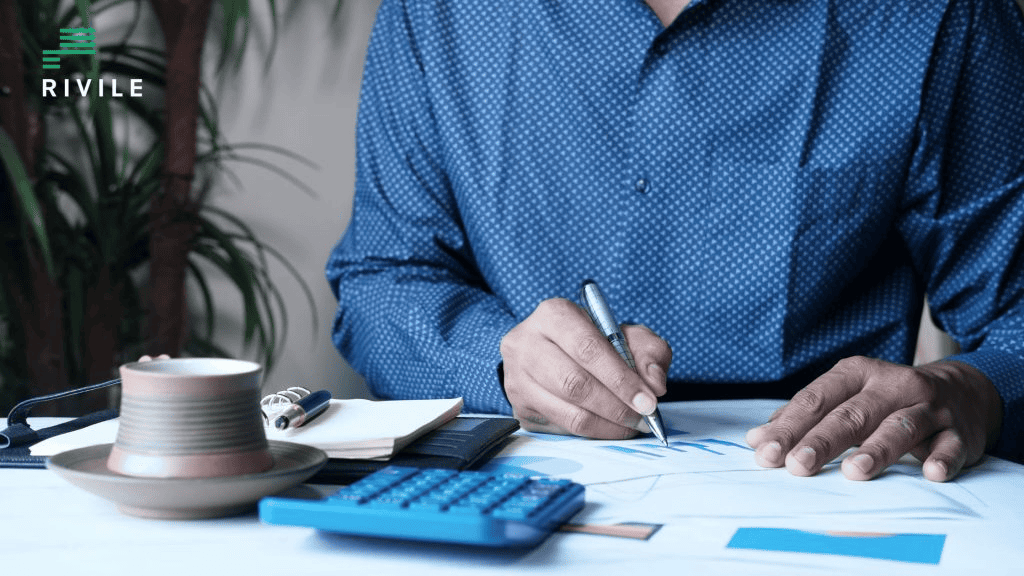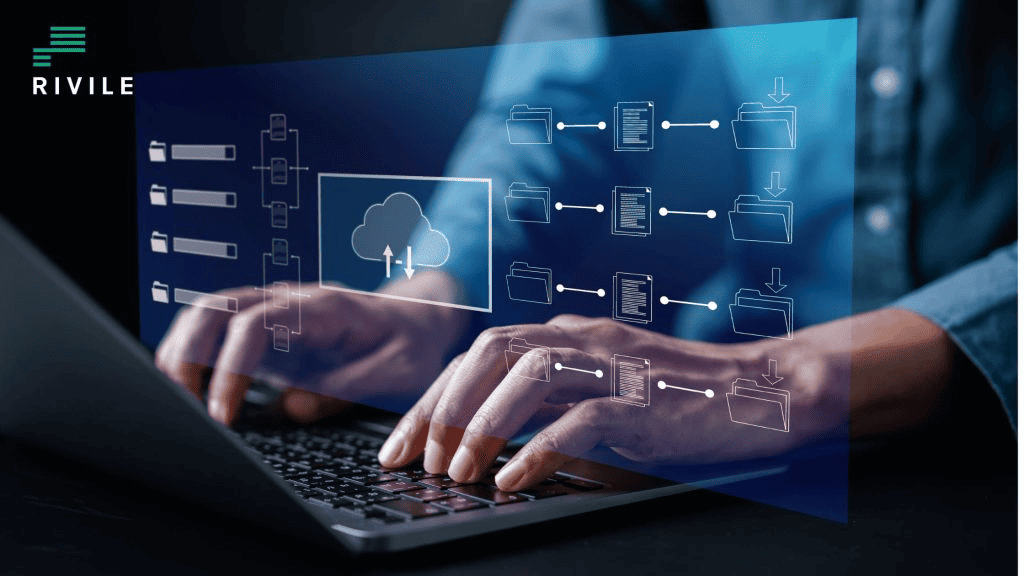Reverse VAT: What is it, its impact on business, and who is it relevant for?

Value Added Tax (VAT) is an important economic tool that ensures the stability of the state budget. However, in certain sectors, to achieve greater transparency and reduce the risk of fraud, a special mechanism is applied—reverse VAT. This method changes the usual VAT calculation procedure by transferring the tax obligation from the seller to the buyer.
Reverse VAT is becoming increasingly relevant not only in the construction sector but also in electronics, metal trading, and other areas where VAT fraud is most common. It is a mechanism that ensures the tax is collected correctly and efficiently, protecting both state and business interests.
In this article, we will discuss how reverse VAT works, who it applies to, its impact on your business, and how business management systems like Rivile ERP can help companies. We will also answer frequently asked questions and provide practical tips on how to manage these processes effectively.
Areas of Reverse VAT Application
Reverse VAT is most commonly applied in the following areas:
- Construction work: Including building construction, repair, and reconstruction.
- Electronic goods: For example, phones, computers, and tablets.
- Metal trading: Supply and processing of ferrous and non-ferrous metals.
- Wood trading: Certain wood products.
- Bankruptcy cases: When the supplier is undergoing bankruptcy proceedings.
In these areas, reverse VAT is used as a tool to prevent fraud and reduce the risk of tax disputes.
How Does Reverse VAT Work?
In a typical case, the seller receives the VAT payment from the buyer and later transfers it to the state. However, under reverse VAT:
- The buyer calculates the VAT for the purchased goods or services.
- The payable VAT amount and deductible VAT amount are offset in accounting.
- The seller of the goods or services does not receive the VAT amount and is not required to pay it to the state.
Example: A company purchasing construction services receives an invoice without VAT but calculates the VAT amount itself and includes it in its declaration.
Practical Tips for Businesses Regarding Reverse VAT
- Ensure accuracy: Always use correct VAT invoices that clearly indicate reverse VAT is applied.
- Use business management systems: An automated accounting process management system like Rivile ERP allows for accurate and quick calculation and handling of reverse VAT operations.
- Train employees: Ensure that accountants and invoice handlers understand the specifics of applying reverse VAT.
- Monitor updates: VAT law provisions may change, so it is important to follow information published by the State Tax Inspectorate (VMI) and other institutions.
Reverse VAT and Business Management Systems
Using business management systems can optimize VAT accounting and avoid errors. We offer the following capabilities:
- Automated accounting: The system automatically calculates and records reverse VAT operations.
- Data integration: Integrated with the warehouse management system Rivile MSCAN and the document management system Rivile MGAMA, ensuring smooth accounting operations.
- Reports and analysis: Accurate reports on VAT payments and refunds are generated.
Frequently Asked Questions (FAQ)
Who is subject to reverse VAT? Reverse VAT applies to certain goods and services where fraud is most common or where there is a higher risk of tax collection. This mechanism ensures more transparent and efficient VAT accounting, and its application areas are defined in Article 96 of the Law on Value Added Tax of the Republic of Lithuania.
How does reverse VAT differ from regular VAT? In a regular case, VAT is calculated and paid by the seller, while in reverse VAT, it is done by the buyer.
What documents are required when applying reverse VAT? The most important documents are the VAT invoice and contracts clearly indicating that reverse VAT is applied.
Is reverse VAT applied to international transactions? Yes, but only if both the supplier and the buyer are registered VAT payers and the goods or services meet the provisions of the VAT law.
What are the latest developments in reverse VAT application? Changes in the law often expand the areas of application, so it is important to stay updated.
How does reverse VAT differ from regular VAT? Reverse VAT transfers the tax obligation from the seller to the buyer. In the regular VAT mechanism, the seller collects the tax and transfers it to the state budget. In reverse VAT, the buyer calculates and declares the tax, and the seller does not collect VAT.
What documents and invoices are filled out when applying reverse VAT? When applying reverse VAT, the invoice must clearly state that Article 96 of the VAT law is applied. It should also include information about the taxation of goods or services and the amounts excluding VAT.
What are the exceptions to reverse VAT application? Reverse VAT is not applied if the transaction occurs between companies that are not registered VAT payers. Also, if the goods or services are intended for personal use, the VAT payer code must not be provided, so the mechanism is not applied.
Is reverse VAT applied to international transactions? Reverse VAT can be applied between EU countries if both parties are VAT payers. However, exports to third countries are usually taxed at a 0% VAT rate.
What are the latest developments in reverse VAT application? Since 2019, reverse VAT has also been applied to electronic goods such as mobile phones and computers. This mechanism is also continuously expanding into new sectors to prevent VAT fraud.
How does reverse VAT affect cash flow? Since the buyer does not pay VAT to the supplier, their cash flow becomes more flexible—there is no need to wait for VAT refunds. Meanwhile, the seller receives less money because they do not collect VAT, which they previously could use as working capital.
What is a VAT payer? A VAT payer is a legal or natural person who, according to the Law on Value Added Tax of the Republic of Lithuania, must register as a VAT payer and calculate, declare, and pay value added tax (VAT) to the state budget.


